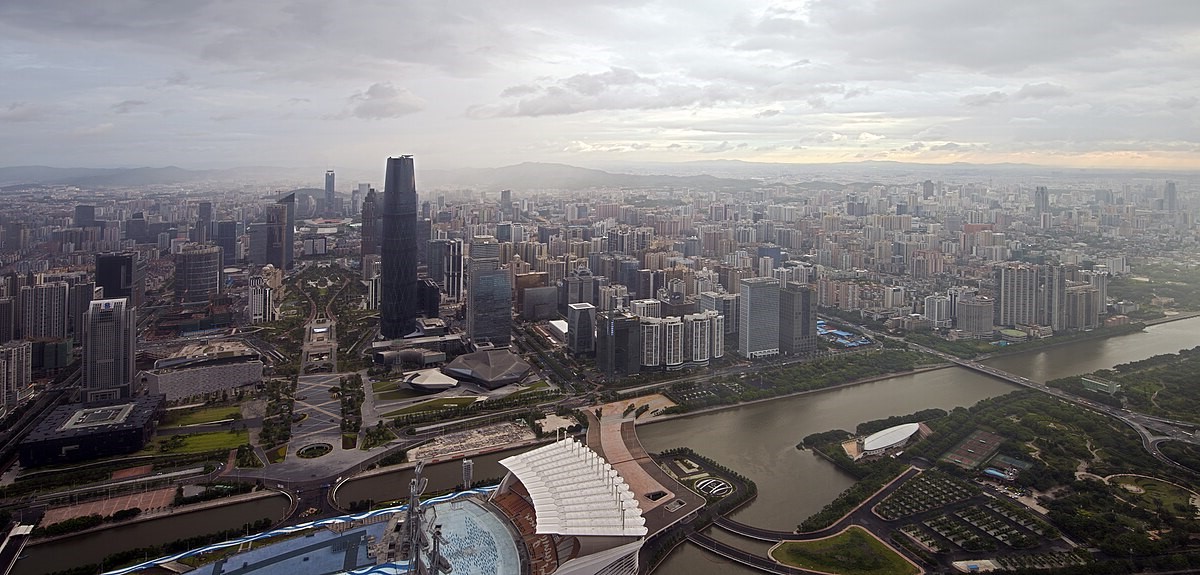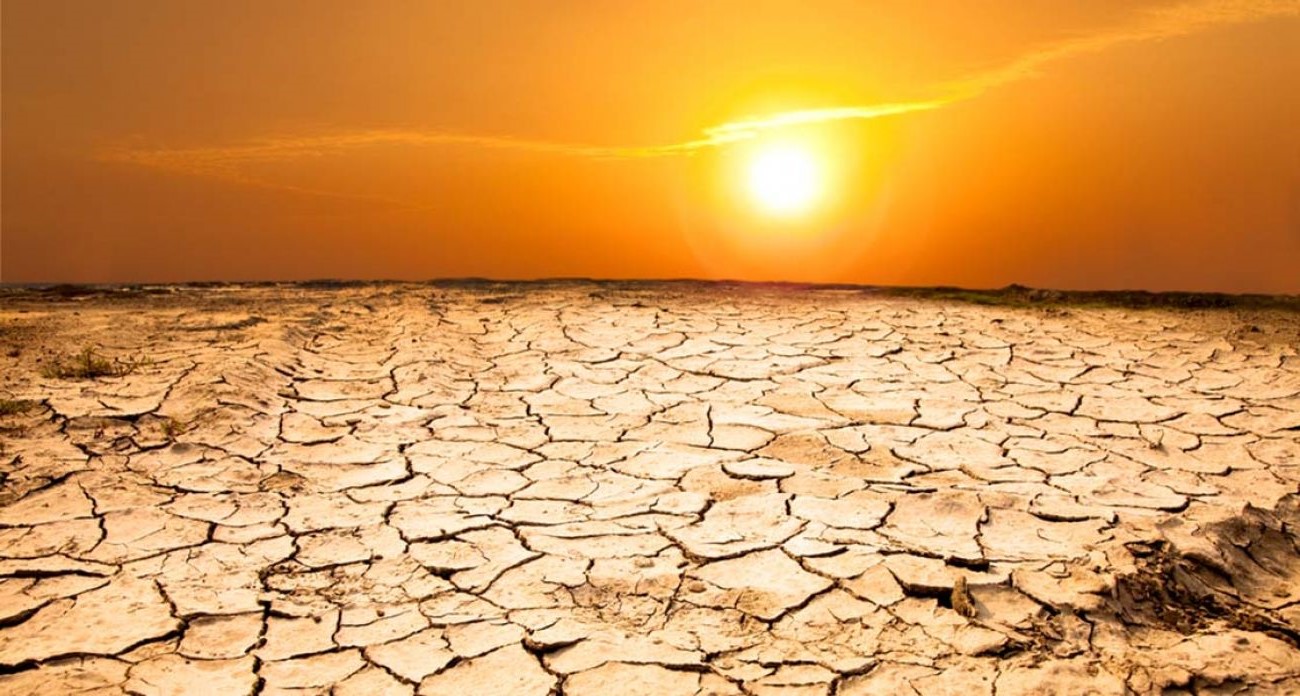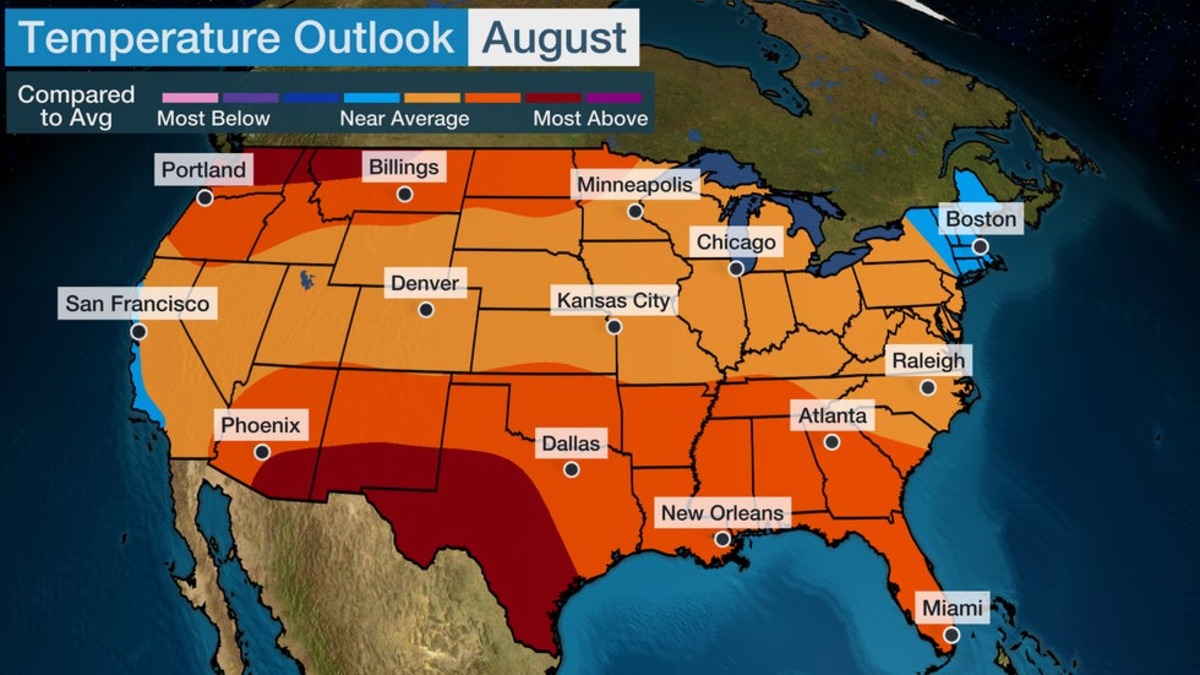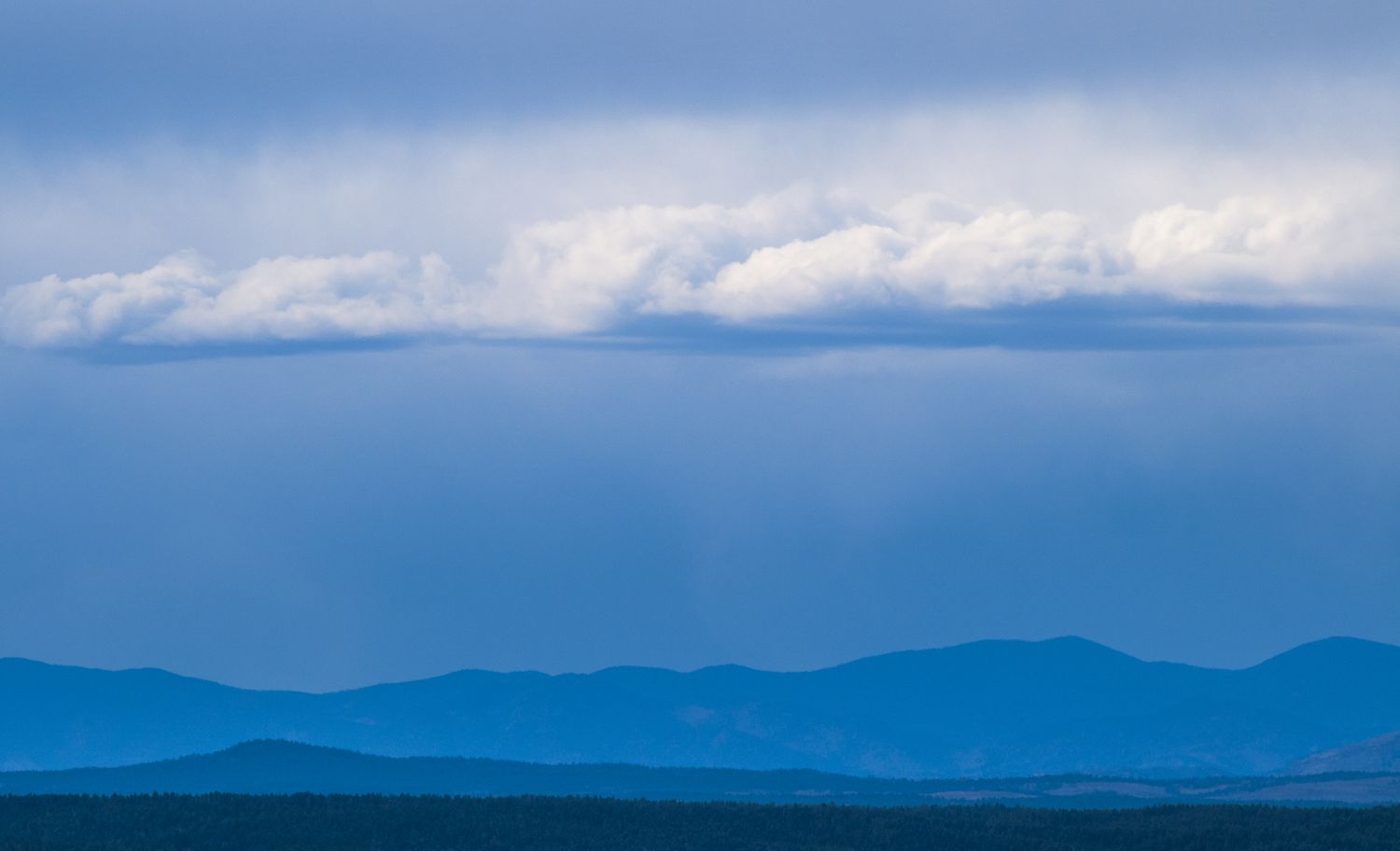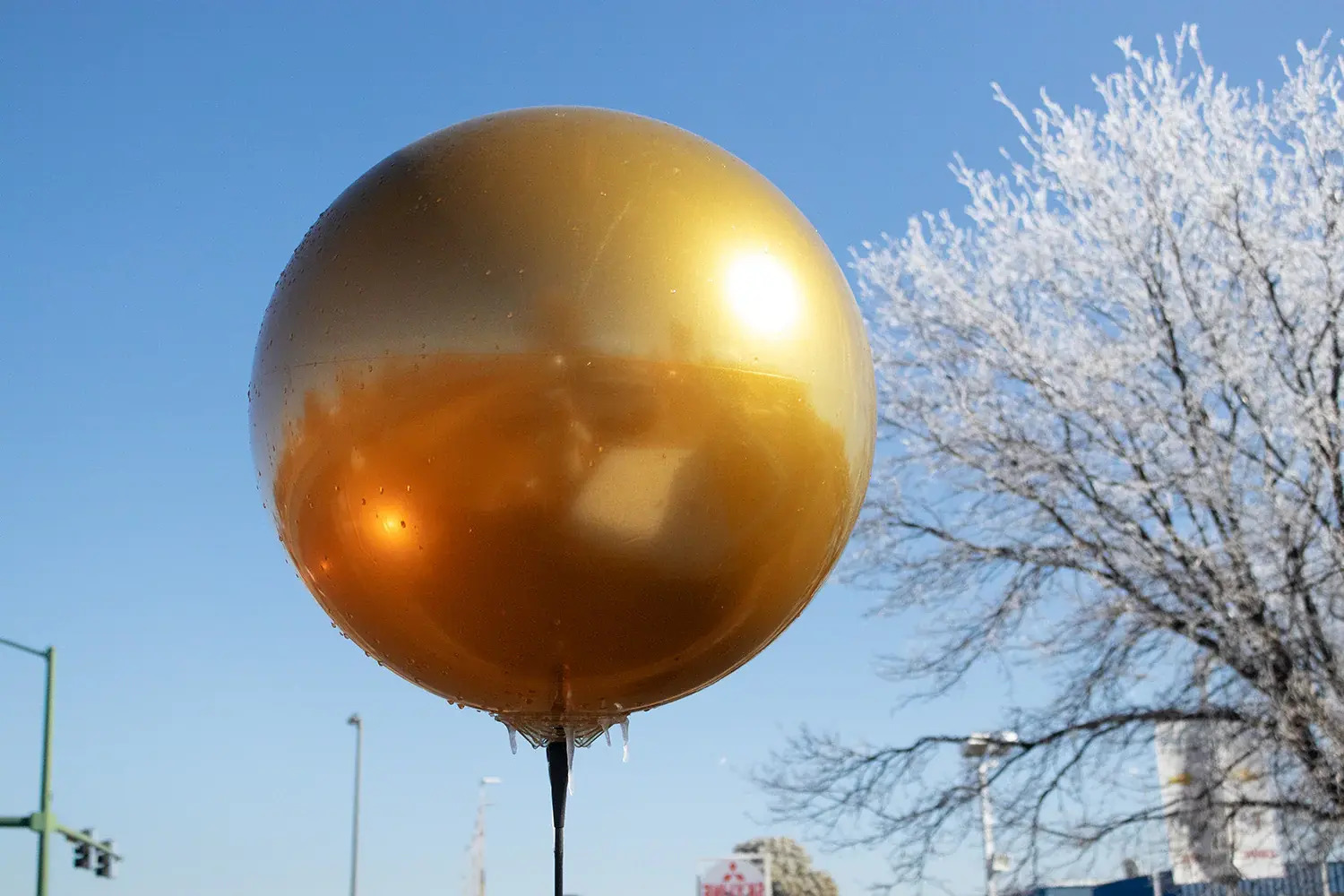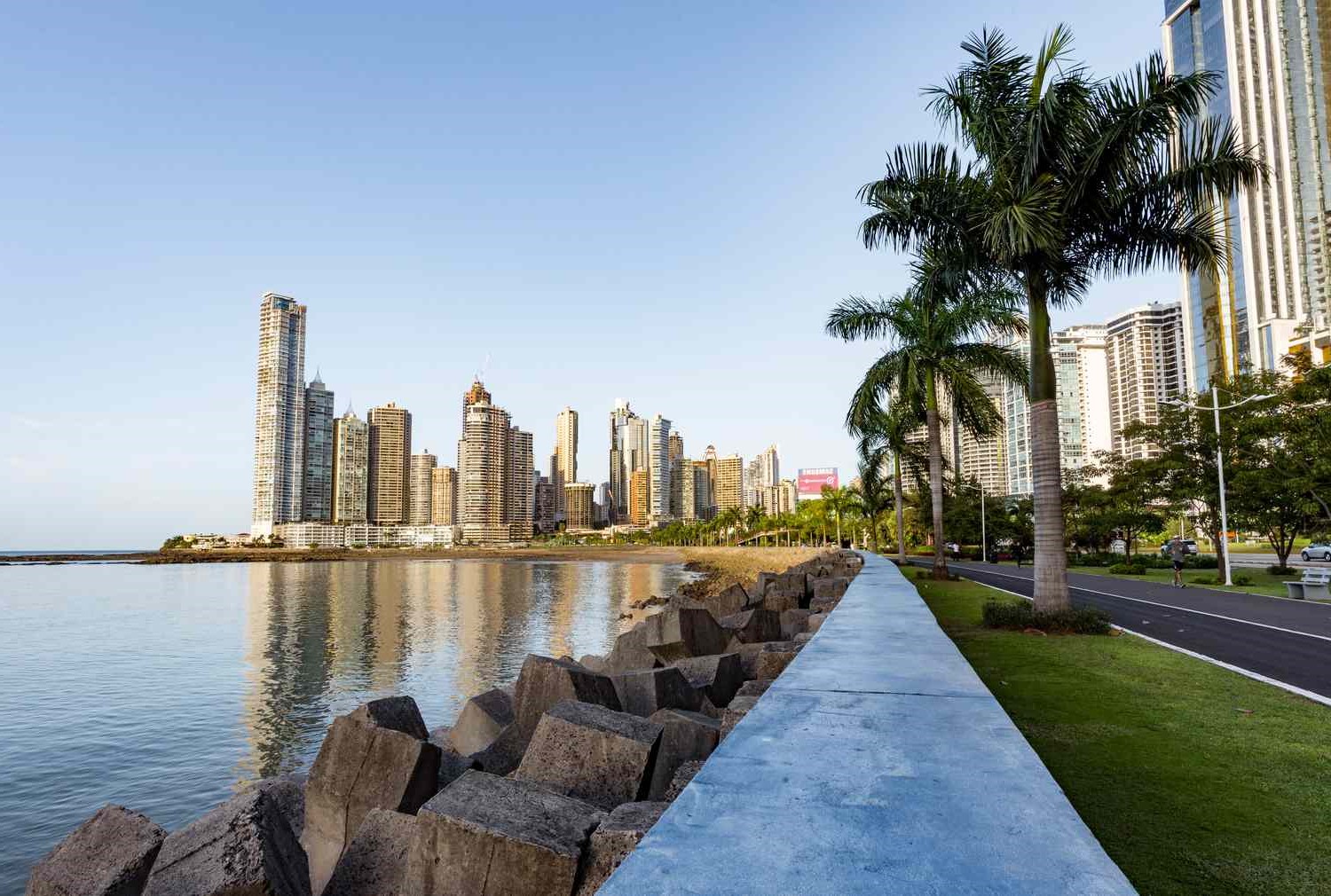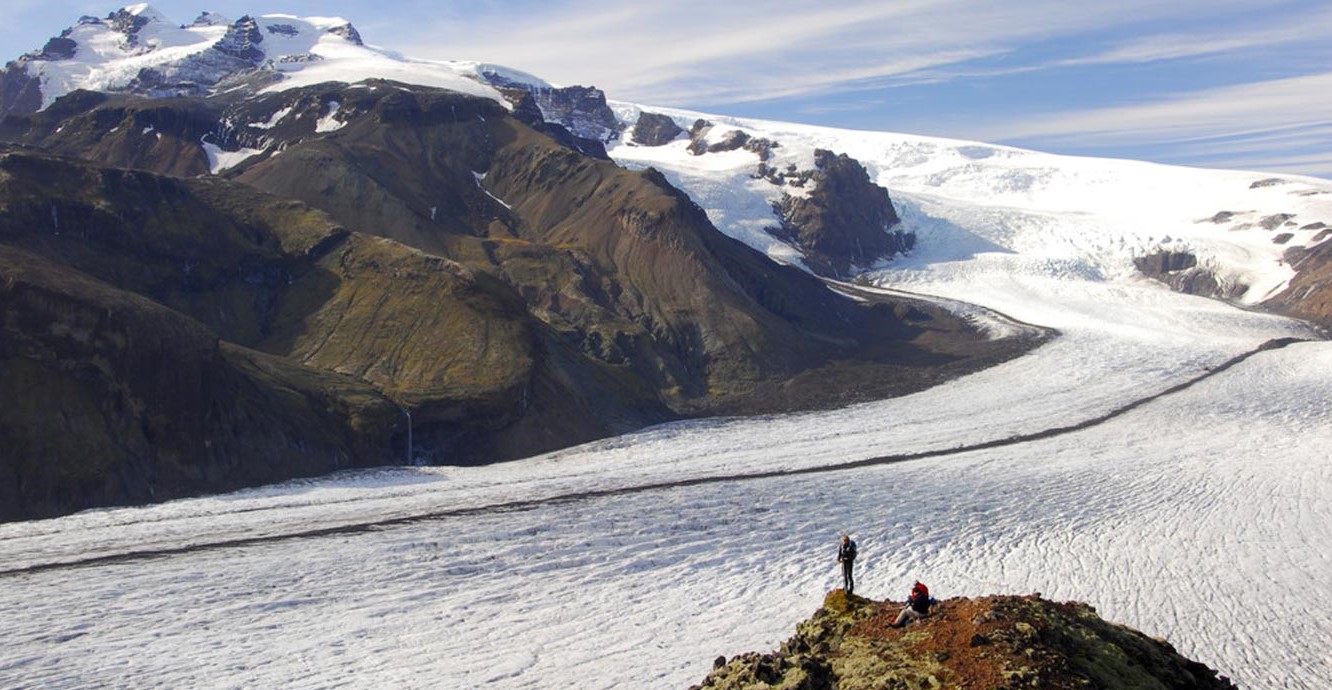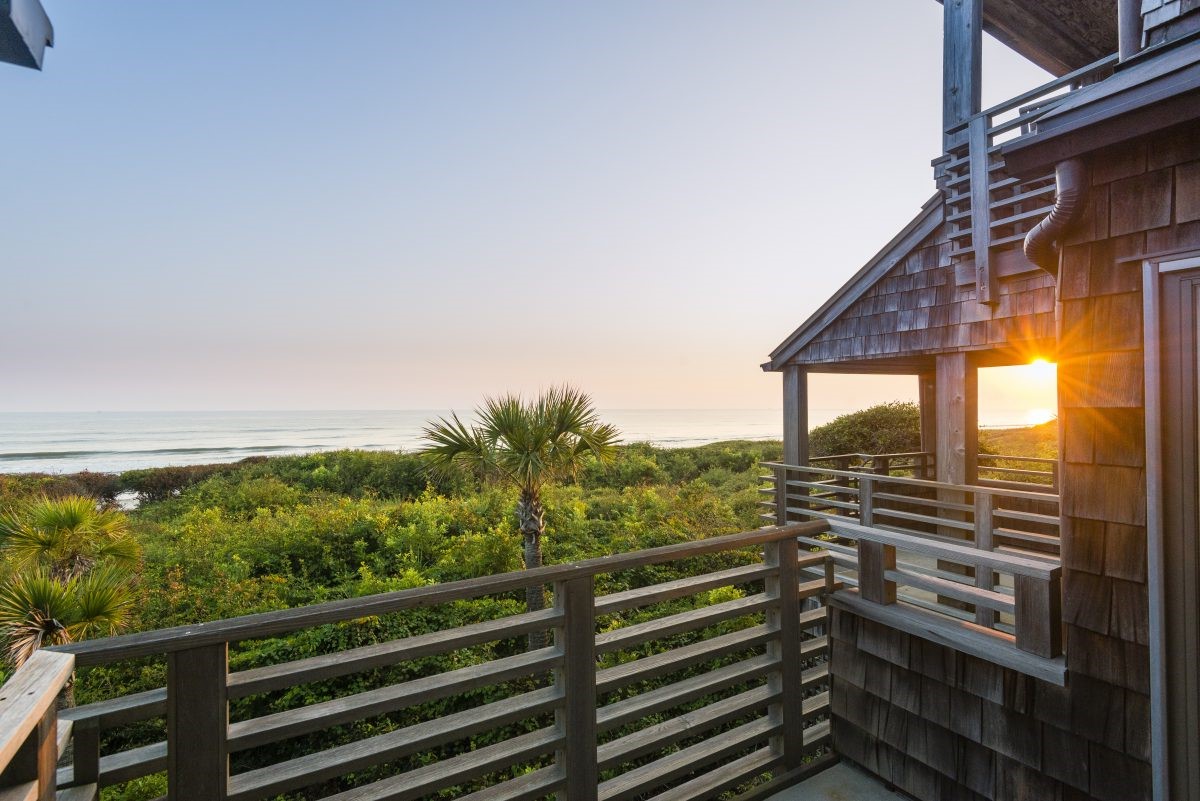Home>Weather and Climate>How Urban Heat Islands Affect City Temperatures
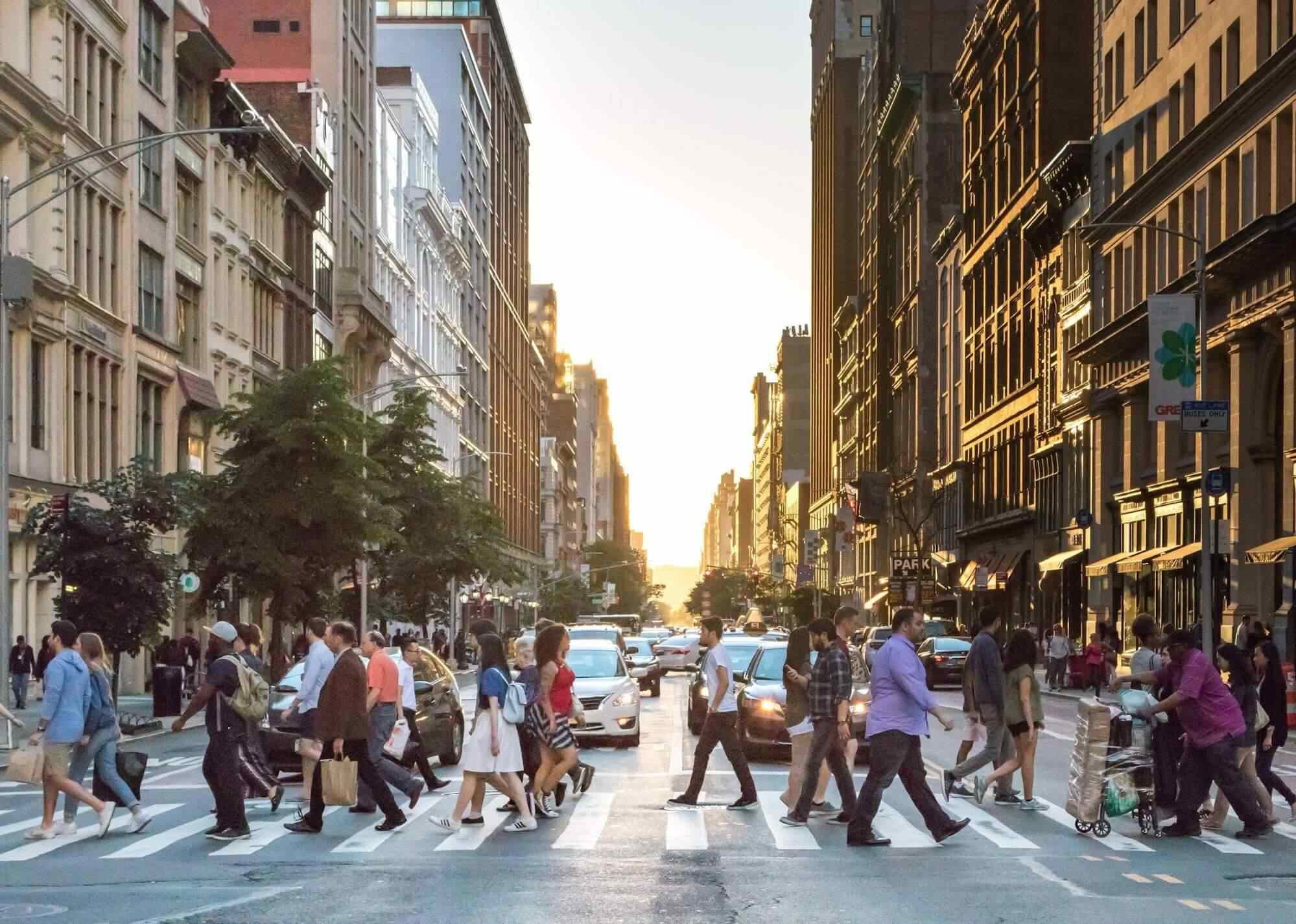

Weather and Climate
How Urban Heat Islands Affect City Temperatures
Published: June 21, 2024
Discover the effects of urban heat islands on weather and climate in this insightful exploration. Learn how these phenomena impact our environment.
(Many of the links in this article redirect to a specific reviewed product. Your purchase of these products through affiliate links helps to generate commission for Temperatures.com, at no extra cost. Learn more)
Urban heat islands, or UHIs, are fascinating yet concerning phenomena where city temperatures soar higher than in surrounding rural areas. This happens because concrete, asphalt, and buildings absorb and re-emit the sun's heat more than natural landscapes do. Walking through a city on a hot day, I can feel the difference, with every step on the pavement feeling like a move closer to a giant radiator.
In tackling UHIs, green roofs and increased vegetation are game changers. Plants cool their surroundings through a process called transpiration, releasing moisture into the air. Imagine cities with more trees and rooftop gardens; not only would they look better, but the air would be cooler, too.
Another strategy involves using lighter-colored building materials that reflect rather than absorb heat. Picture a cityscape, but brighter and cooler, almost as if the buildings themselves are helping to fight off the heat.
For me, understanding UHIs is crucial for adapting our urban environments to be more livable and sustainable. With creative urban planning, we can mitigate these effects, making cities cooler places to live, both literally and figuratively.
